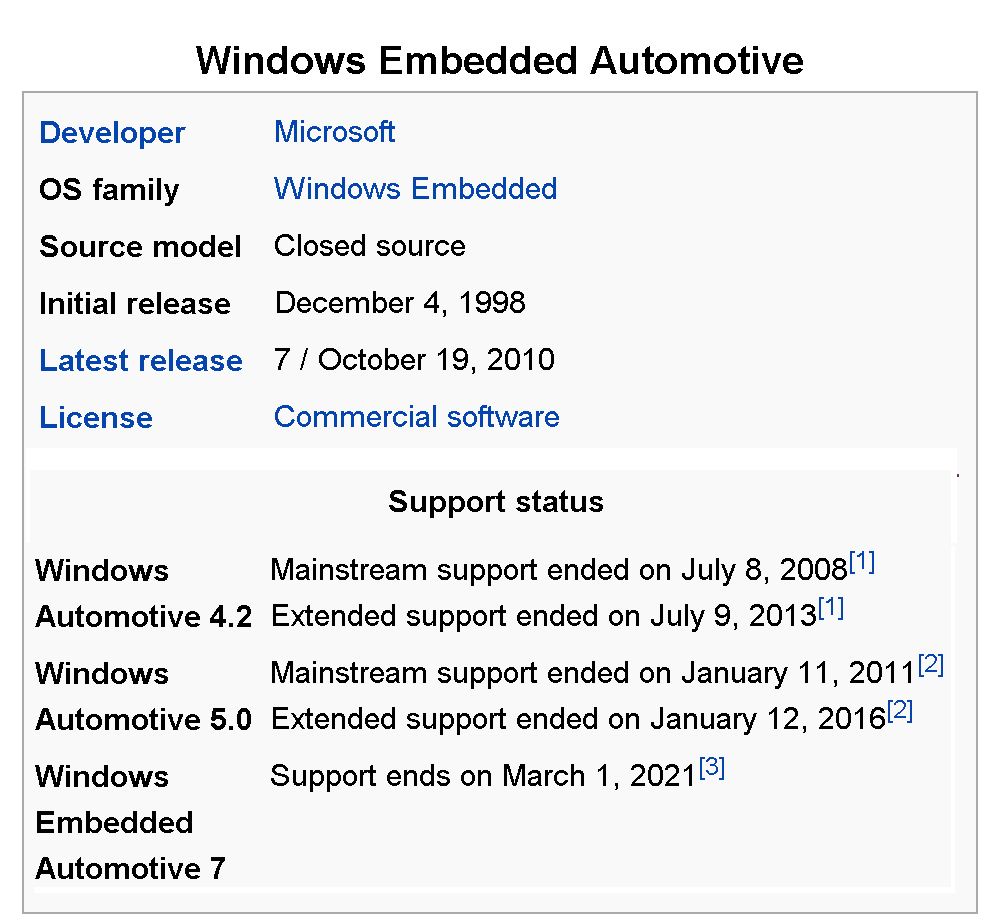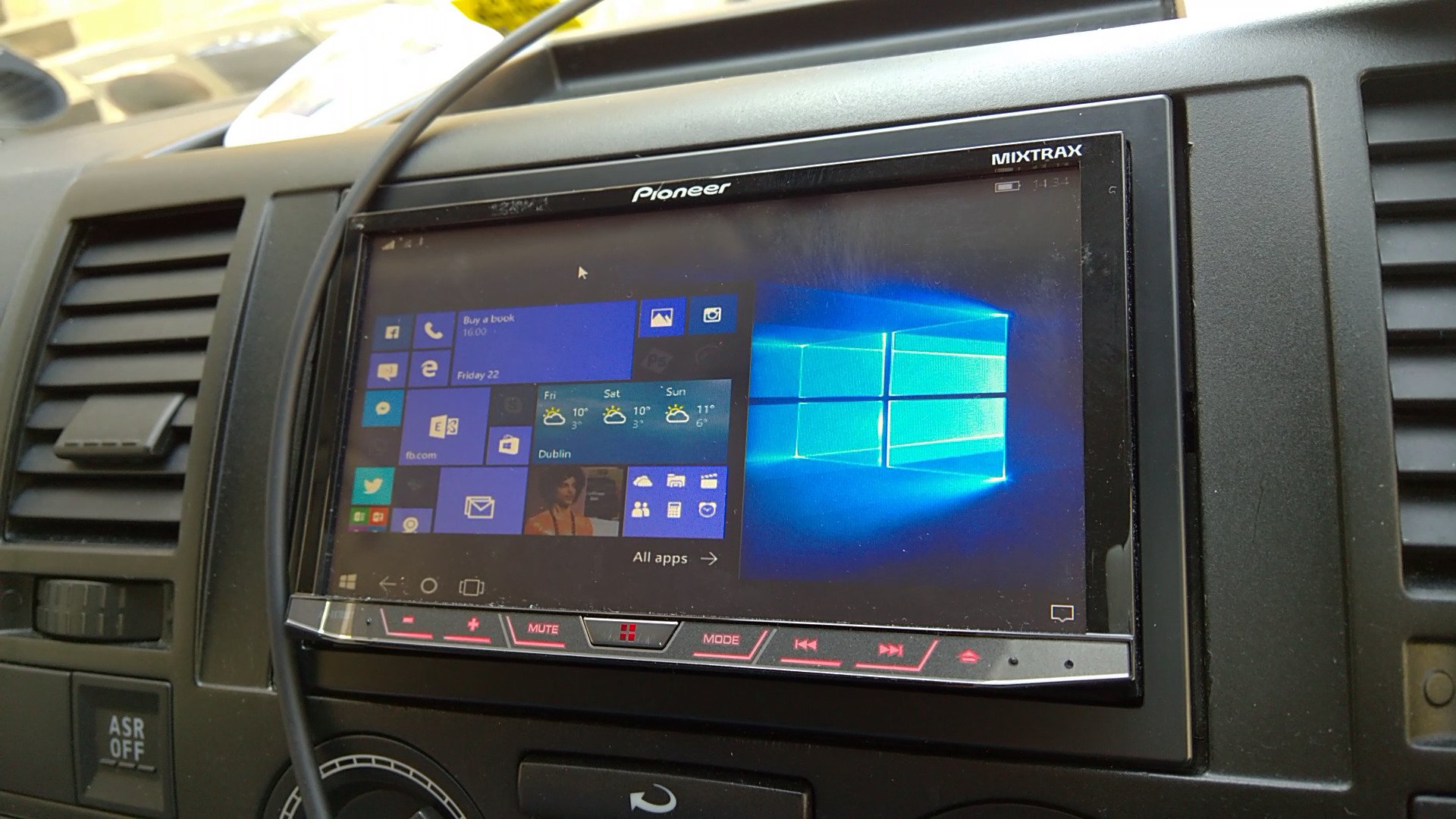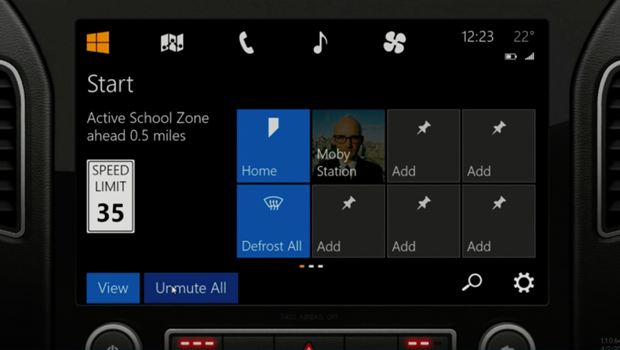This Continuum in the Car hack underlines Microsoft's sad abandonment of the car market
2 min. read
Updated on
Read our disclosure page to find out how can you help MSPoweruser sustain the editorial team Read more

Yesterday Matthew Johnson connected his Lumia 950 XL and Display Dock to the HDMI-in port of his entertainment system, resulting in the Continuum for Phones desktop display above, and some websites called it “awesome”.
We did not because of course the above “hack” is exactly what you would expect to happen if you connect a Display Dock to a display via HDMI. Instead of feeling “awesome” I was instead saddened by the poor level of features and interoperability available to Windows Phone users, and in this instance mostly due to Microsoft’s doing.
The £700 Pioneer car entertainment unit used by Matthew for this demo supports Mirrorlink, a standard developed by Nokia and the Car Connectivity Consortium, meaning if you plug any MHL-enabled Android phone from the last 3 years ago onwards in there, a car mode display will pop up that would actually support the touch screen and which would actually charge your phone at the same time, and offer only apps designed to be safely used while driving, vs needing a mouse and keyboard to cue your music.
Nokia headed the consortium, and the technology was supported by their Symbian handsets. The technology was briefly demonstrated on Windows Phone 8.1, but never saw the light of day.
When Microsoft purchases Nokia’s handset division the staff working on the feature came along with them, but they have subsequently left the company, and with them any hope that we will see support for this fading industry standard very soon.

Some may argue Microsoft does have an Internet of Things story, but those looking closely will know that is primarily about providing the cloud infrastructure for big data monitoring of devices and services, and not any consumer-facing technologies.
This in essence leaves Windows Phone users unable to take full advantage of what for many is their second biggest asset, and leaves them performing sad hacks with 1/10th the functionality they would have had if Microsoft actually delivered on their promises.
Awesome indeed.










User forum
77 messages